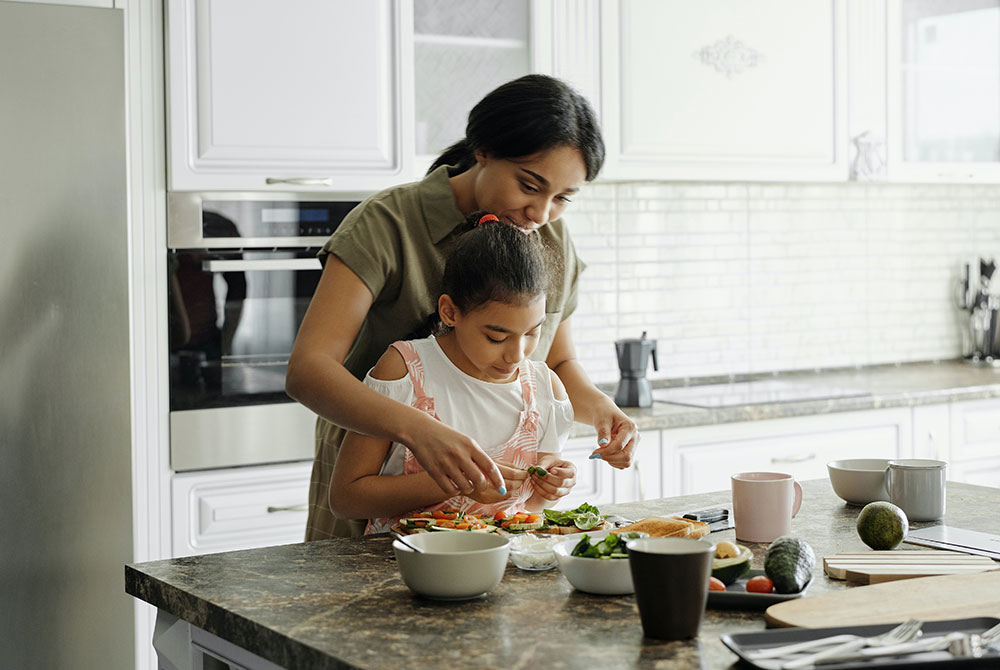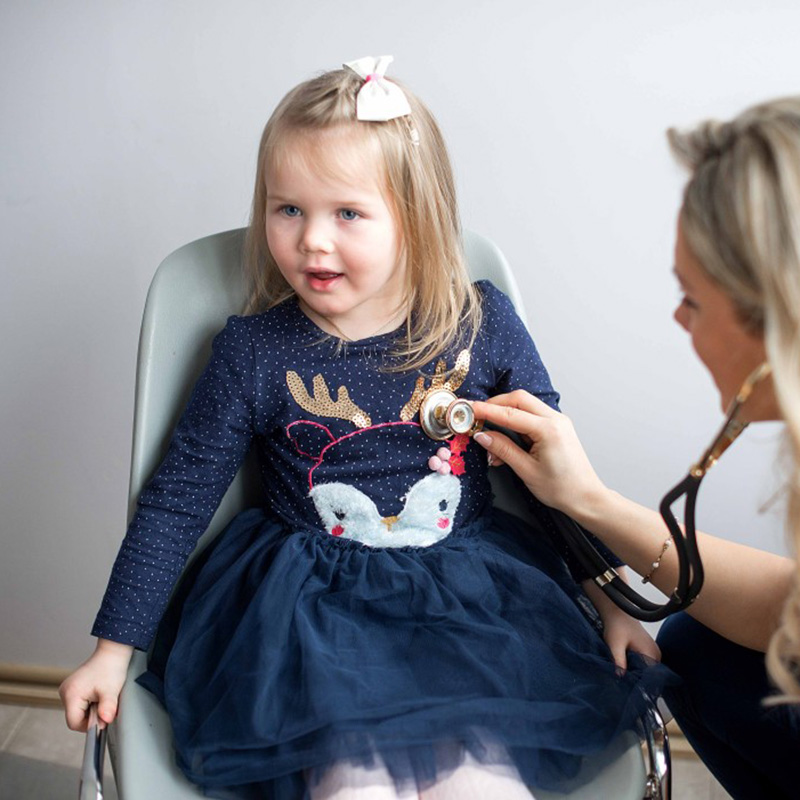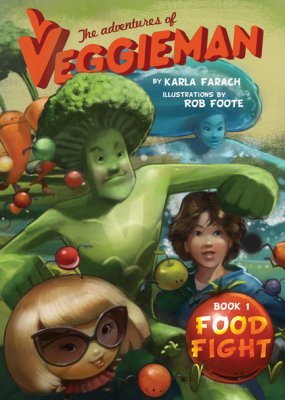
As a parent, you want your children to grow up healthy and strong.
Ensuring that your child eats well and nourishes his body with wholesome food might be easier in thought than in practice, though. After all, it isn’t always easy for your child to understand why you’re buying broccoli and carrots instead of cookies and chips at the grocery store.
That’s why talking about healthy eating early and often is crucial. Here are five ways to discuss eating healthy with your children:
1. Think of food as fuel.
Explain to your kids that food is fuel. They need to eat a healthy lunch in order to have energy for their afternoon soccer or baseball practice. Drinking water will help keep them hydrated and happy on a bike ride on a hot day. It may be difficult for younger kids to make the connection between the two, so try to use age-appropriate language.
2. Use body positive language.
Kids are always listening, so be sure to keep your language positive when talking about food. Keep body shaming, diet obsessions, or demonization of food groups out of food discussion. Instead, focus on why eating well makes us strong rather than talking about weight loss or diets. Never comment on other people’s body size in front of your kids and emphasize that all bodies are beautiful.
3. Avoid battles over food.
You may have regular fights in your house about your kids eating their vegetables or having too many treats before dinner. Try to avoid battles over food. Keep healthy snacks like cut-up vegetables and fruits ready so that your kids can eat them when they’re hungry. And never bribe your kids with food. Instead, give them a hug or gold star on the fridge when they have done something well.
4. Explain the difference between real food and junk food.
It’s important that children understand the difference between eating real foods and eating processed and junk foods. They should be clear of the differences between these two foods groups. You can start by showing them what real food such as fruits and veggies looks like and compare it with processed foods like chicken nuggets or macaroni and cheese. Show characteristics such as color and smell. Be clear to them and explain why one food group is healthier than the other. Then repeat, repeat, repeat!
5. Talk about feelings of fullness.
Instead of insisting your kids be part of the “clean plate club” or issuing threats or punishments for not finishing their plate, let them dictate how much they want to eat. Talk about how you feel when your own belly is full so they understand their limits. Keep it positive and let them know they’re in charge of how their body feels.
Talk about healthy eating early and often, and before you know it, your kids might be picking out ingredients for a healthy recipe they love!










